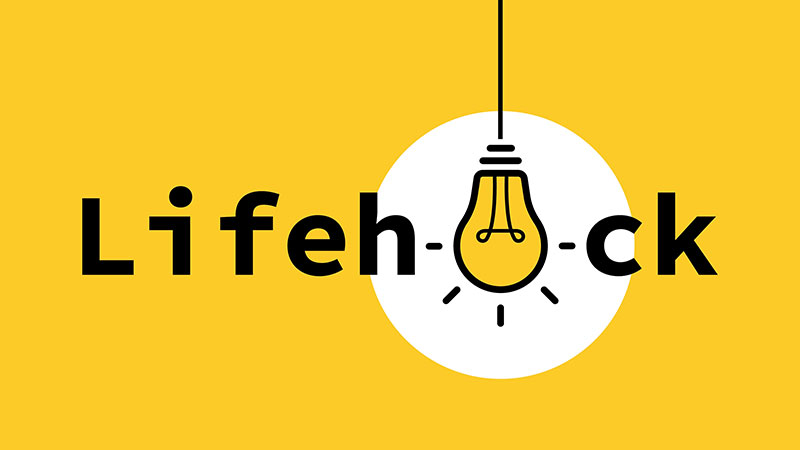Struggling to fall asleep? This breathing technique, developed by Dr. Andrew Weil and backed by sleep specialists nationwide, can have you sleeping within minutes. It's completely natural, requires no equipment, and works by activating your body's relaxation response.
What Is the 4-7-8 Technique?
The 4-7-8 breathing pattern is a specific rhythm that slows your heart rate and triggers your parasympathetic nervous system—your body's "rest and digest" mode. This technique has been used for centuries in yoga practices and is now recommended by sleep doctors as a drug-free sleep aid.
How to Do It
Step 1: Get comfortable in bed and close your eyes.
Step 2: Place the tip of your tongue against the ridge behind your upper front teeth. Keep it there throughout the exercise.
Step 3: Exhale completely through your mouth, making a whoosh sound.
Step 4: Close your mouth and inhale quietly through your nose for 4 counts.
Step 5: Hold your breath for 7 counts.
Step 6: Exhale completely through your mouth for 8 counts, making the whoosh sound again.
Step 7: Repeat this cycle 3-4 times initially. As you get comfortable, you can do up to 8 cycles.
Why This Works
Oxygen regulation: The extended exhale removes more carbon dioxide from your lungs, helping to rebalance your blood's oxygen levels.
Heart rate reduction: The controlled breathing pattern naturally slows your heart rate, signaling to your brain that it's time to sleep.
Nervous system activation: The technique specifically activates your vagus nerve, which controls your body's relaxation response.
Mind quieting: Focusing on the counting gives your mind something to do instead of racing with thoughts.
Pro Tips for Success
Start slow: If holding your breath for 7 counts feels difficult, try a 2-3.5-4 pattern first, then work up to the full 4-7-8.
Practice during the day: Try this technique when you're stressed but not trying to sleep. It builds the habit and proves how effective it is.
Don't rush: Keep the counts steady and comfortable. It's not about speed—it's about the rhythm.
Be consistent: The more you practice, the more effective it becomes. Your body learns to associate this pattern with sleep.
Combine with routine: Use this as part of a larger bedtime ritual for maximum effectiveness.
When to Use It
This technique works best for:
- Falling asleep initially
- Getting back to sleep after waking up
- Calming anxiety before bed
- Reducing stress during the day
- Preparing for meditation
What to Expect
Most people notice a calming effect immediately, but it may take a few nights of practice to see dramatic sleep improvements. Some fall asleep before completing all 4 cycles. Don't worry if you feel slightly lightheaded at first—this is normal and will diminish with practice.
Unlike sleep medications, this technique has no side effects and actually becomes more effective over time. Give it a week of consistent practice, and you'll likely find yourself falling asleep faster and staying asleep longer.
⚠️ HEALTH DISCLAIMER: This content is for informational purposes only and is not medical advice. If you have chronic sleep issues, anxiety, respiratory conditions, or other health concerns, consult with a healthcare professional before trying breathing techniques. Results may vary by individual.
Share this article:
React to this article:
